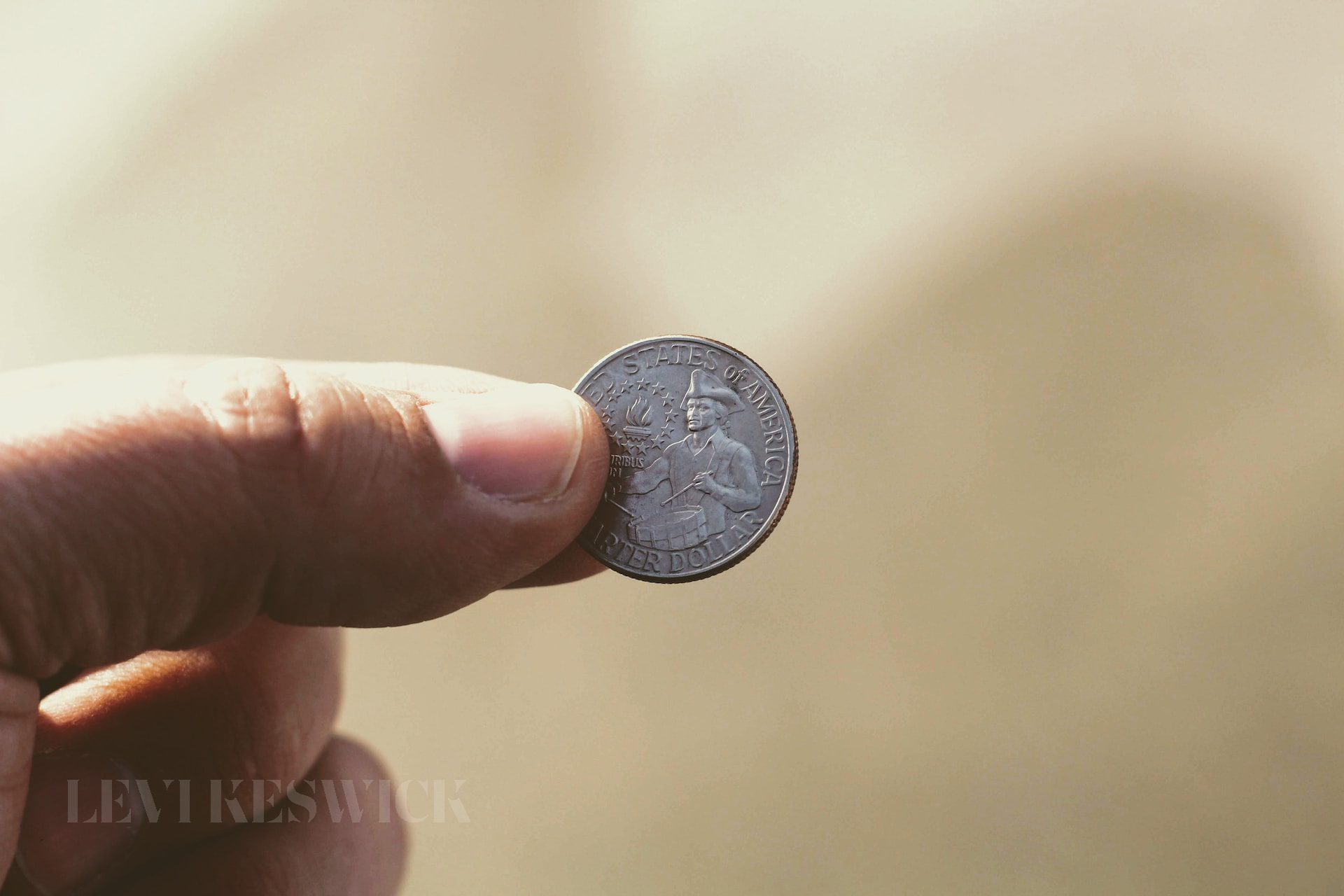Key Takeaways:
- The V Nickel, also known as the Liberty Head Nickel, enjoyed almost 30 years of mintage from 1883 to 1912.
- The value of V Nickels varies greatly, with factors such as grade, rarity, and presence of errors playing significant roles.
- The 1903 V Nickel error coin is highly coveted by collectors due to its rarity and historical significance.
Discovering the Liberty Head Nickel: A Historical Overview
Tagged as a significant piece of American numismatics, the V Nickel, officially termed the Liberty Head Nickel, was conceived in 1883 by Charles E. Barber. It presented a conspicuous V on the reverse, signifying its five-cent denomination.
The first issue of these nickels in 1883 bore “E PLURIBUS UNUM” instead of “CENTS” on the reverse, which was quickly exploited for fraudulent activities. Consequently, the US Mint introduced the word “CENTS” later that year to avoid misunderstandings. Despite the alteration, these modified Liberty Nickels remained common, barring a few top-quality gems that are quite rare.
The mintage saw two variants in 1883: the No-CENTS and the With-CENTS. Interestingly, despite a smaller mintage, the No-CENTS variety is less expensive than the With-CENTS, largely due to the abundant supply of high-grade No-CENTS coins.
The Intricate Design of the V Nickel
The obverse side of the V Nickel showcases a left-facing profile of Lady Liberty, complete with a coronet inscribed with “LIBERTY” and an ornate wreath adorning her hair.
On the reverse, you’ll find a large “V” encircled by a wreath, indicating the coin’s value, symbolizing five in Roman numerals. Inscriptions include “UNITED STATES OF AMERICA” and “E PLURIBUS UNUM”. Thirteen stars, symbolizing the original thirteen American states, grace the edge, while the coin’s date is etched at the bottom.
This design remained consistent throughout the 30 years of its mintage, with the 1913 Liberty V Nickel standing out for its rarity and consequently, its high value.
The Crown Jewel: The 1903 V Nickel Error
The 1903 V Nickel error is a much sought-after rarity among collectors. What sets it apart is a striking anomaly in the manufacturing process, making it a prized possession in the numismatic world. The specific nature of the error can greatly influence the coin’s value, and the rarer the error, the higher the coin’s worth.
Value, Grading, and Rarity: Factors Influencing the Worth of V Nickels
The value of V Nickels is subject to several factors, ranging from their condition or grade to their rarity. For example, No-CENTS Liberty nickels from 1883, despite their lower mintage, can be purchased at reasonable prices, particularly in lower grades. The higher-grade With-CENTS variety, in contrast, comes with a heftier price tag.
Coins like the 1912 S V nickel, with only 238,000 in circulation, the Denver and San Francisco 1912 D and S V nickels with unique marks, and the 1913 Liberty V Nickel, boasting a mintage of only five coins, are extremely valuable.
When it comes to grading, coins range from AG 3, indicating heavy wear, to MS 60+, signifying pristine condition. The better the grade, the higher the value, with each grade necessitating certain attributes on the coin to be visibly intact.
Conclusion
The Liberty Head Nickel, with its rich history, captivating design, and intriguing variants, has proven to be an enticing prospect for numismatists. Whether it’s the common With-CENTS and No-CENTS variants or the elusive 1903 V Nickel error, the stories these coins carry with them continue to fascinate collectors, underlining the timeless allure of coin collecting.








